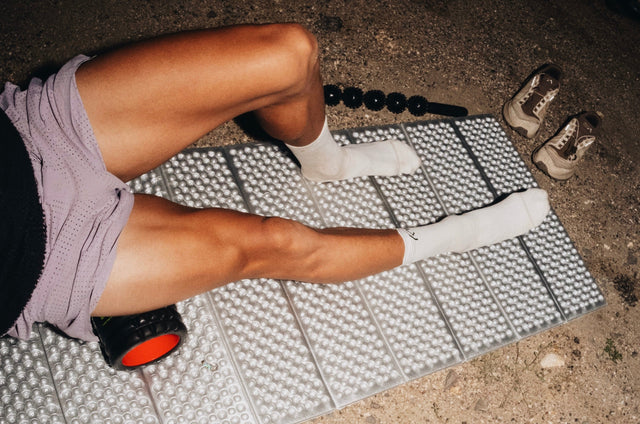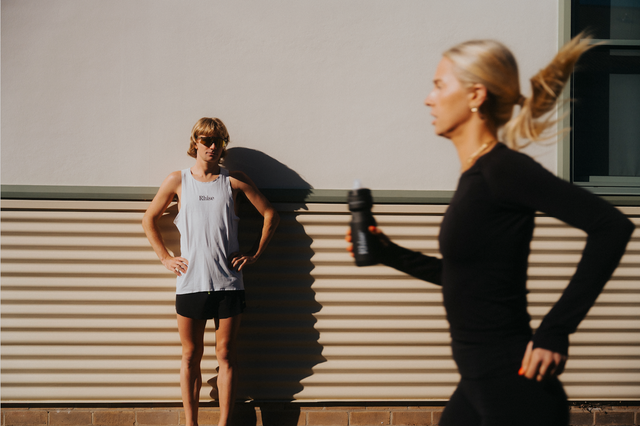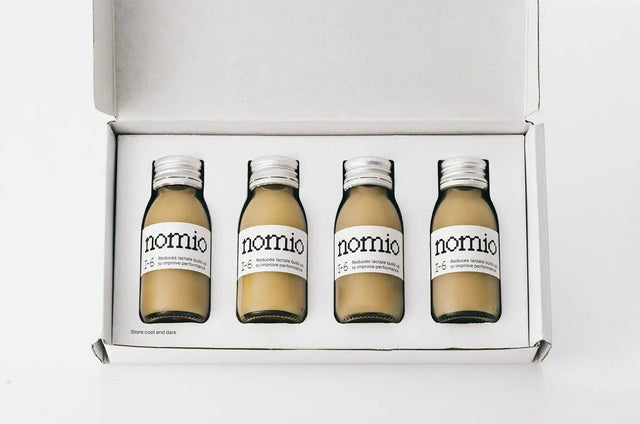Daily Energy Requirements Between Males And Females
The media has been sturdy on pushing the numbers that females need a lot less overall daily energy intake than men for decades. This theoretically makes sense since males tend to be bigger framed, heavier, with larger organs and muscles to support. However does that mean that if you had a female the same lean muscle mass and height as a male would their overall energy requirements be the same or different? Let’s look at what a recent literature review has concluded on the energy needs of professional athletes for both genders.
Daily caloric needs for human have been studied for over a century and creates much debate in the health and dieting world. More recently though scientific literature has researched the estimated energy requirements of athletes. A study published in December 2021 investigated the relative energy requirements of a group of adult male professional soccer players compared to professional female soccer players. The research found that male professional soccer players typically burn between 3,000 to 4,000 calories a day, depending on whether they were on a recovery day or a hard training day. Females in the same study burned between 2,100 to 3,500 calories per day. Although the overall calories burned were different between the genders, the researchers concluded that from a total energy standpoint, both males and females athletes should be consuming between 40 to 60 calories per kilogram of fat-free mass (FFM), or lean body weight (1).
The baseline calorie intake for women to meet energy needs and basic physiological functioning is 40-45 calories per kg body weight (2). This does not include any additional work, exercise or life stress. Hence it seems fit that an active women would need to consume between 45-60 calories per kilogram of fat-free mass as the literature view suggested.
Knowing your fat free mass is a bit of an estimate unless you do a DEXA scan to find out your total body mass percentage. Males will generally have less body fat than females due to hormone variation and females reliance on keeping the human race alive and surviving a famine. Using the healthy percentage body fat ranges (Aged 20-39 females 21-32%, men 8-19%) Let’s compare the caloric needs of a 30 year old male that weighs 75kg and a fat percentage of 15%, to a 35 year old female that weighs 75kg and body fat percentage of 25% (4). The males estimated energy requirements are 2550-3825 calories per day. The females are 2250-3375 calories per day. Both the same total weight, with the same required calories per kilogram of fat-free mass, however they have different fat free mass weights.
These requirements are still a lot higher than your typical 2023 diet trends of eating 1500 calories per day while intermittent fasting. It is easy to see how 88 percent of active women are predicted to be under eating and in a relatively low energy availability state (REDS) (1).
Eating below our recommended nutritional needs can lead to deficiencies in overall energy, protein, minerals (Iron, Calcium and Magnesium) and vitamins (Vitamin D, folic acid and vitamin B12)(2,3).
It’s also not just low calories that can be a problem. I’m scared to even mention the word carbohydrates. A macronutrient everyone seems to fear. Carbs are not the enemy though, we need them to thrive. Knowing how to periodise them around training and menstrual cycles is the key.
Male athletes are recommend that they consume 3 to 8 grams of carbs per kilogram of body weight per day, hitting the lower end on rest days and the higher end on heavy training and competitions days (1). Females are slightly lower at 2.5-7g of carbs per kilogram per body weight per day. To assist with meeting our daily carbohydrate intake, have a good dose of carbohydrates before or during hard or long training sessions. Snacks such as Probar - Meal Bar - Banana Nut Bread, Em's Power Cookies - Protein Cookies, Marlo - Nourish Bar can be really handy to have easily accessible.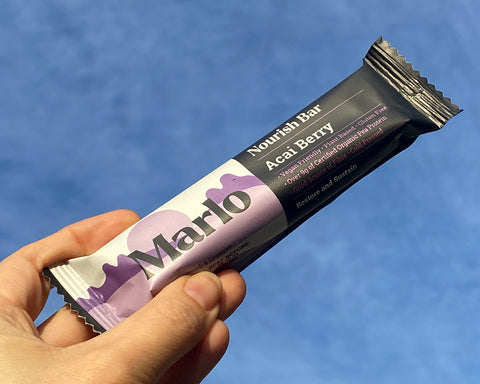
Protein and fat are also just as important macronutrients and deserve an entire article to themselves, coming at a later date. For now here is an example of how to spread your macronutrients across a day where you’re doing either a strength session, high intensity workout, or 1 to 2 hours of aerobic training. This can be applied to both makes and females:
- Carbohydrate: 3-4 grams per kg of body weight
- Protein: 2-2.3 grams per kg of body weight
- Fat: 1.2 grams per kg of body weight
In summary the relative energy requirements between active males and females are comparable. Both need 40-60 calories per kilogram of fat-free mass (FFM) per day. However sex differences drive varied fat percentage which justifies females lower overall energy intake requirements for comparable weights and activity factors. Relative energy deficiency in sport is high and can lead to deficiencies in a number of vitamins and minerals as well as compromise sports performance and body weight goals. Try and change your mindset towards food and see it as a tool to make change, not something you earn through sweat.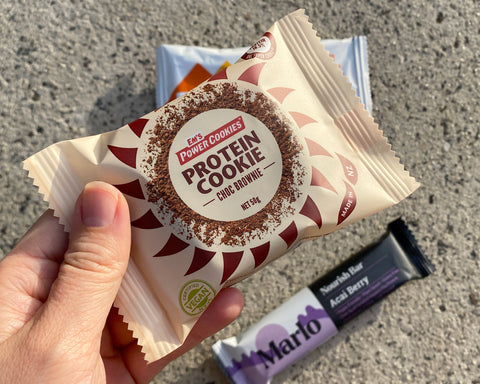
References
-
Morehen JC, Rosimus C, Cavanagh BP, Hambly C, Speakman JR, Ellio[-Sale KJ, Hannon MP, Morton JP. Energy Expenditure of Female Interna<onal Standard Soccer Players: A Doubly Labeled Water Inves<ga<on. Med Sci Sports Exerc. 2022 May 1;54(5):769-779. doi: 10.1249/MSS.0000000000002850. Epub 2021 Dec 30. PMID: 34974499.
-
VAZQUEZ FRANCO, Mireya et al. Update on nutri#onal deficiencies in women athletes from the scien#fic literature. ALAN [online]. 2020, vol.70, n.3, pp.191-204. Epub 15-Nov-2021. ISSN 0004-0622. h[ps://doi.org/ 10.37527/2020.70.3.005. h[ps://www.alanrevista.org/ediciones/2020/3/art-5/
-
Smith, E.S.; McKay, A.K.A.; Kuikman, M.; Ackerman, K.E.; Harris, R.; Ellio[-Sale, K.J.; Stellingwerff, T.; Burke, L.M. Managing Female Athlete Health: Audi<ng the Representa<on of Female versus Male Par<cipants among Research in Supplements to Manage Diagnosed Micronutrient Issues. Nutrients 2022, 14, 3372. h[ps://doi.org/10.3390/nu14163372
-
Gallagher D, Heymsfield SB, Heo M, Jebb SA, Murgatroyd PR, Sakamoto Y. Healthy percentage body fat ranges: an approach for developing guidelines based on body mass index. Am J Clin Nutr. 2000 Sep;72(3):694-701. doi: 10.1093/ajcn/72.3.694. PMID: 10966886.



